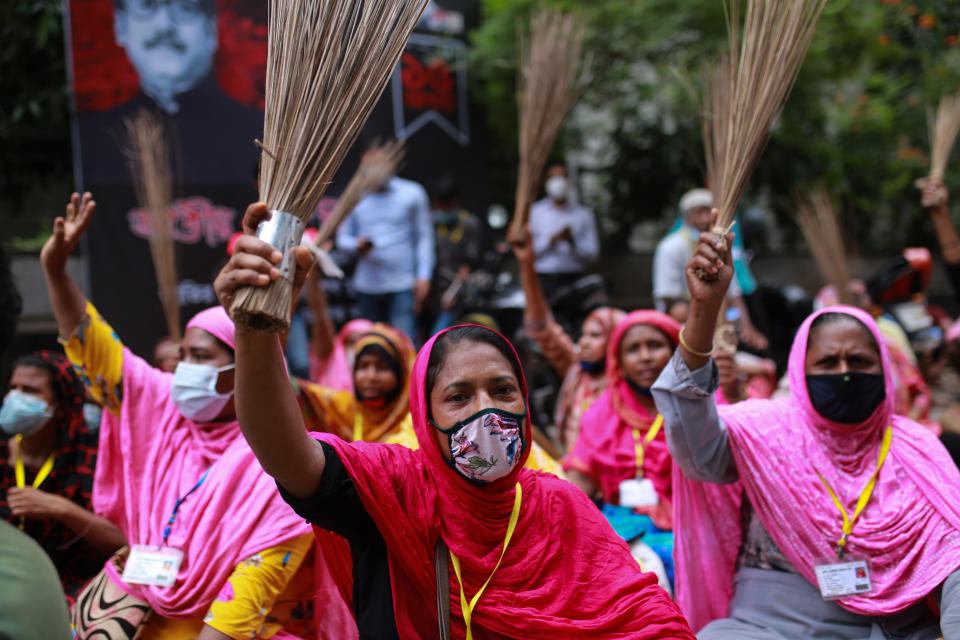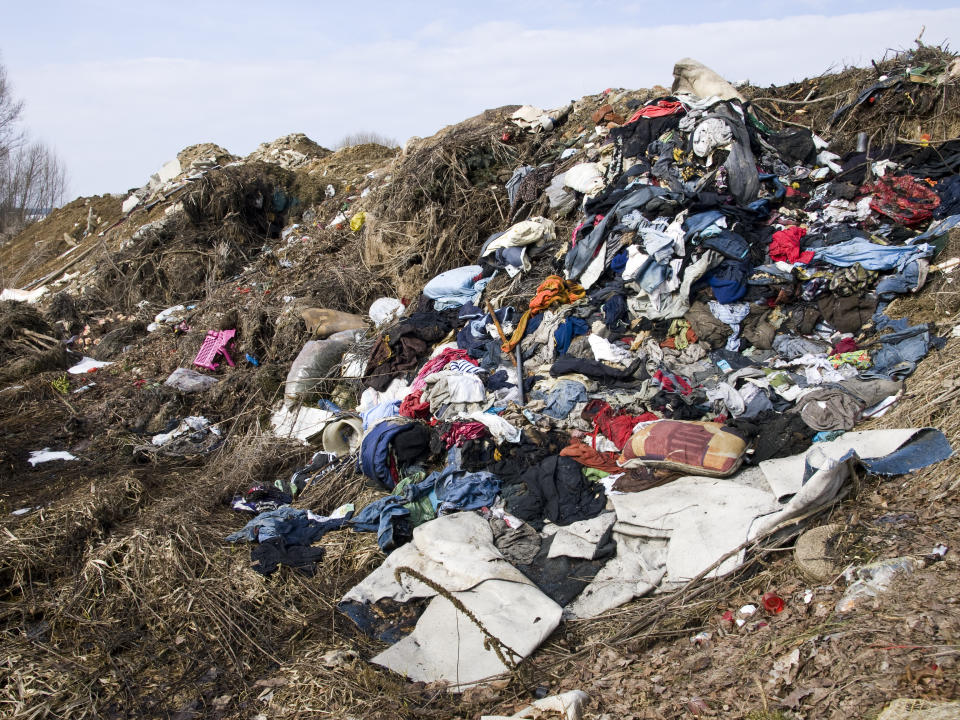Shoppers feeling ‘fast fashion shame’ in post-Covid era
Before the COVID-19 outbreak swept the globe, the fashion industry had been forced to — or at least attempt — to clean up its reputation as one of the world’s most environmentally harmful industries.
But, according to a damning report by the advocacy group Global Fashion Agenda, progress has been woefully slow. In the past year alone, the fashion industry accounted for four per cent of greenhouse gas emissions and 20 per cent of industrial water pollution.

And then, COVID hit bringing everything to a grinding halt. In April and March, fashion and luxury sales dropped by 70 per cent as both shoppers and shops went into lockdown. Workers were also impacted, with garment factories in Bangladesh, where many of the world’s apparel is made, reporting $1.5 billion in cancelled orders.
At that point, all pretence of sustainability took a back seat. With global sales across the industry down between 30 and 40 per cent, and 40 per cent of manufacturers struggling to pay employees and suppliers, the focus shifted from saving the environment to saving businesses.
RELATED:
Great Barrier Reef and more Aussie destinations 'under threat'
'So wrong': Charity bin photo leaves locals fuming in Queensland
The problem with ‘normal’
This shift was backed by governments around the world in a bid to inject much-needed funds into the flailing fashion industry. In June, UK PM Boris Johnson asked Brits to “shop and shop with confidence”, and in Australia, PM Scott Morrison’s multi-billion dollar stimulus package was designed to get people spending.
Fashion expert Clare Press, who presents the Wardrobe Crisis podcast on sustainable fashion, tells Yahoo Lifestyle that the recovery effort is a double-edged sword.

While she acknowledges that COVID and the associated shutdowns have ‘really hurt’ the industry and that many people and businesses are suffering as a result, she’s also conscious about the negative impact of the race to return to pre-virus times.
“It’s obviously a terrible situation, and I can absolutely understand the desire to ‘get back to normal’ as soon as possible.
“However, in the case of the fashion industry, ‘normal’ was unsustainable. We’ve doubled global clothing production in 15 years, and are sending insane amounts of unwanted fashion and textiles to landfill or the incinerator.
“The current production system squeezes the most marginalised (garment workers) at the bottom of the supply chain, leaving millions of women in producing countries, such as Bangladesh, insecure.”
An era of ‘fashion shame’
Consumers are starting to become aware of this too. Since the pandemic first began, 57 per cent of people who regularly buy fashion items have started to change their behaviour, according to research by McKinsey, with two-thirds of those surveyed believing it’s now more important than ever to limit the impacts of climate change through the fashion industry.
“Increasingly, customers are asking more from brands,” says Press. “They expect them to do better on environment, social justice, and also on representation, diversity and inclusion.
“The brands that will thrive long-term are using this moment to rethink. Rampant consumerism is falling out of style. We might be moving into an era of fashion shame.

“Fast fashion could be the new smoking — although I suspect plastic packaging will get there first. Anyway, eventually, brands that don’t adapt will die out.”
The stats back up Press’ prediction: as a result of the global pandemic, 65 per cent of consumers want to buy more durable fashion items, and 71 per cent are planning to keep the items they already have for longer, according to the McKinsey research.
Although some of those figures may change when people can socialise more freely and have occasions to dress up again, the tide is undoubtedly changing.
“We are moving away from the idea that sustainable materials and processes are a nice-to-have,” says Press. “They are essential. Customers will start to demand them — or they’ll take their money elsewhere. It’s not going to happen overnight, but it will happen. Sustainability is about future-proofing a business.”
Sustainable shopping tips and tricks
And with Australia officially in recession, and many other countries are following suit, it’s not surprising that 60 per cent of consumers report spending less on fashion since the pandemic. Encouragingly, around half of those people say these new habits will hang around, even when COVID is no longer.
Simply buying less doesn’t equal buying well, Press warns. “It’s not as simple as buy second-hand or avoid everything cheap,” she says.

“The assumption that just because something is expensive it must have been made with care is wrong. Luxury fashion also has its sustainability issues. Supporting locally-made can be a great option, buying clothes made from circular or organic materials is another. Or renting your clothes or shopping second-hand.”
More important is a change in mindset, which is what COVID appears to have done for consumers globally. “It’s about a new awareness that our consumer choices have impacts,” says Press.
“We need to foster a more mindful approach to consumption — ask more questions about what we buy, be more rigorous in what we choose to support with our money. Sustainable fashion is about getting reconnected with our clothes and the people who make them. It’s fashion with more meaning, more emotion, more reasons to care.”
Click here to sign up to our daily newsletter to get all the latest news and hacks. Or if you have a story tip, email us at lifestyle.tips@verizonmedia.com.

 Yahoo Lifestyle
Yahoo Lifestyle 




